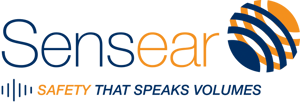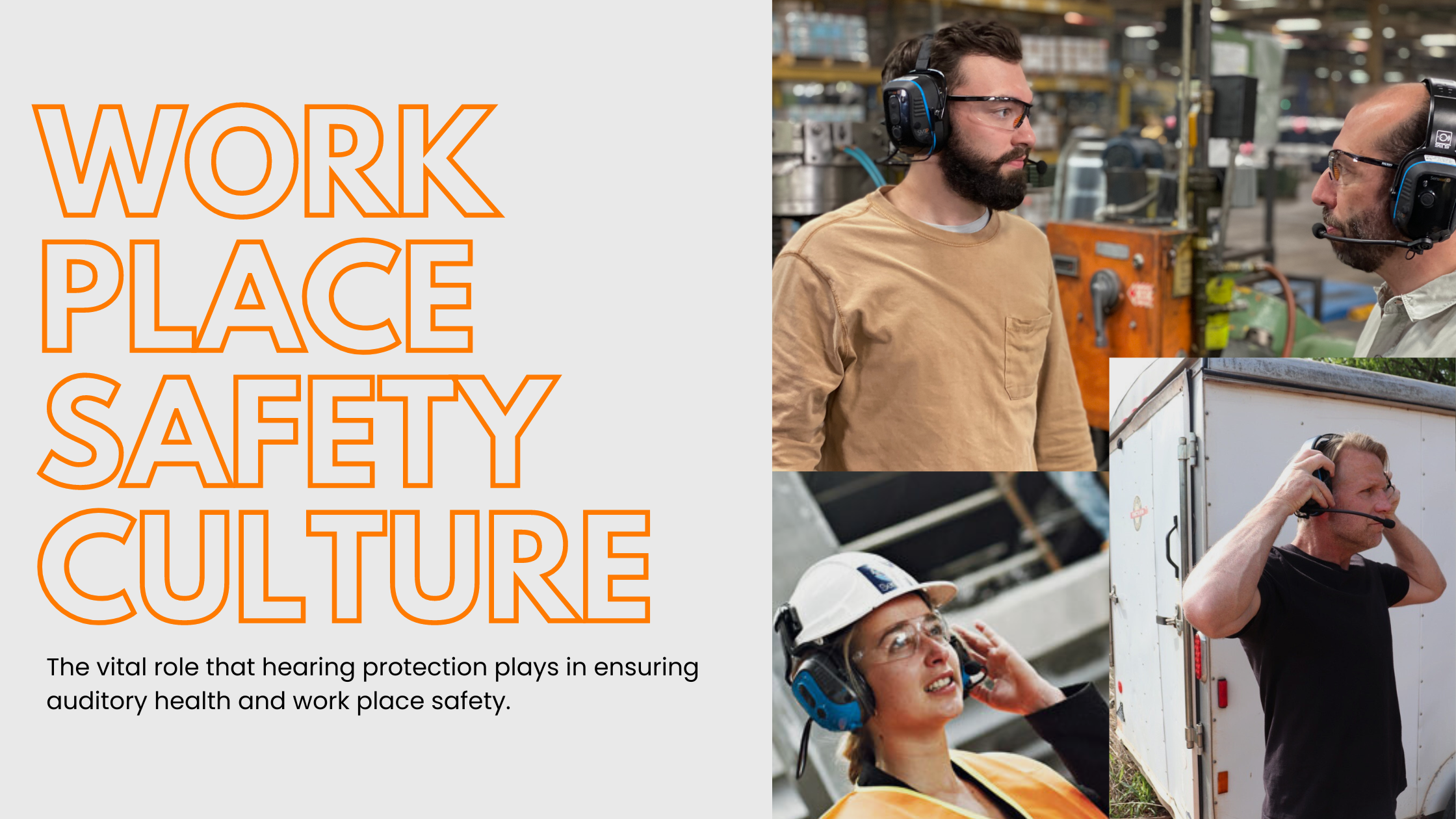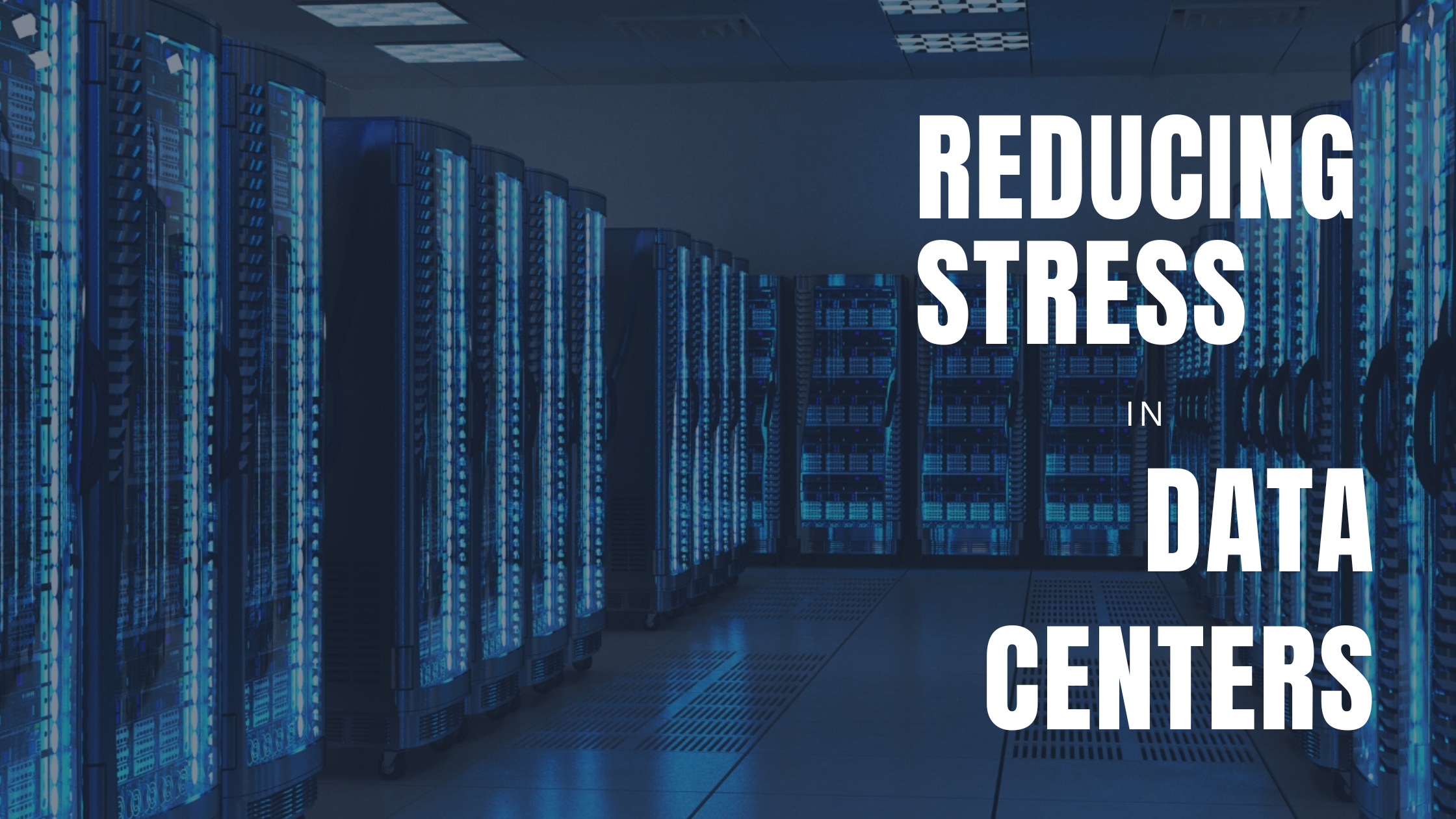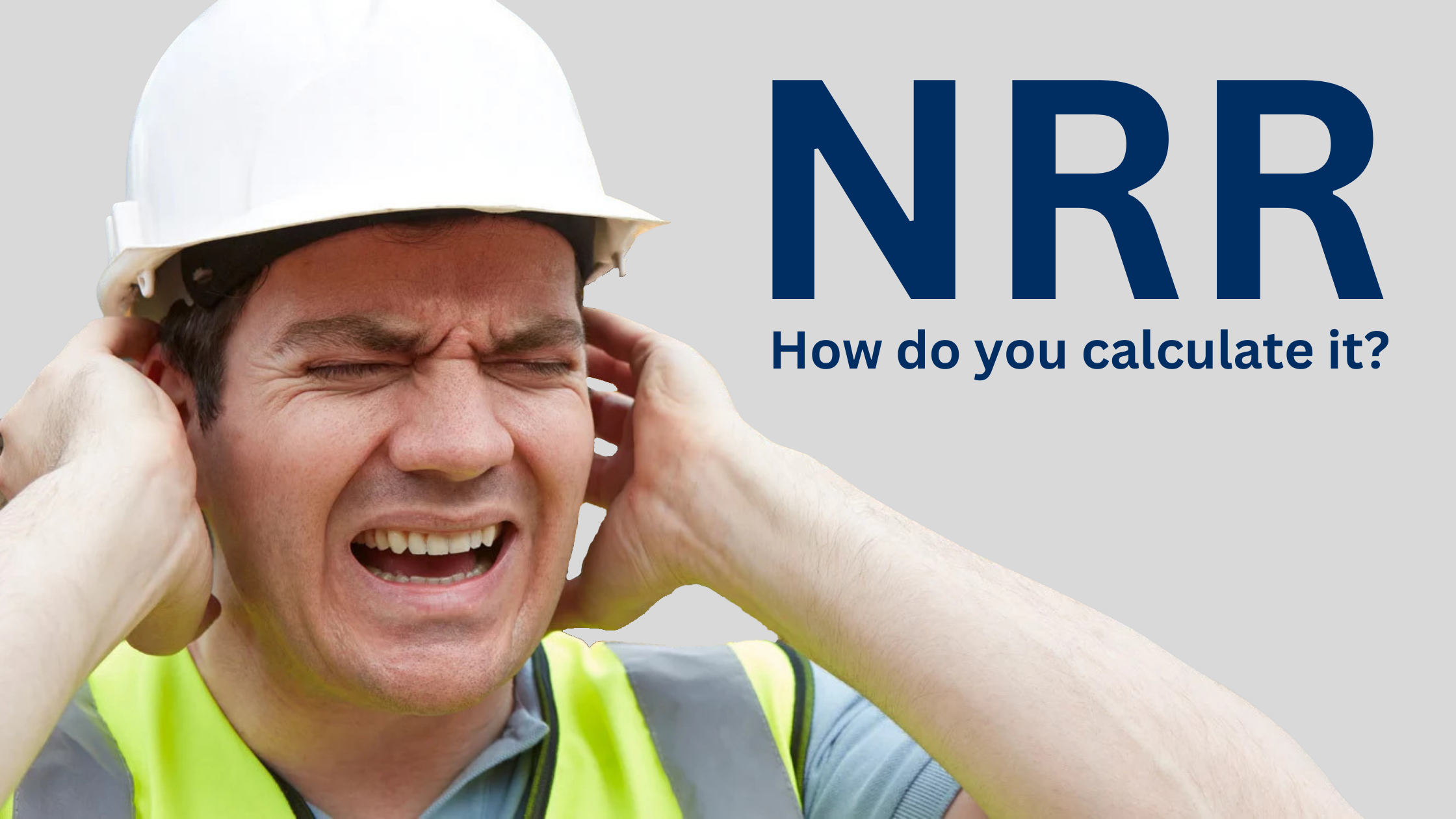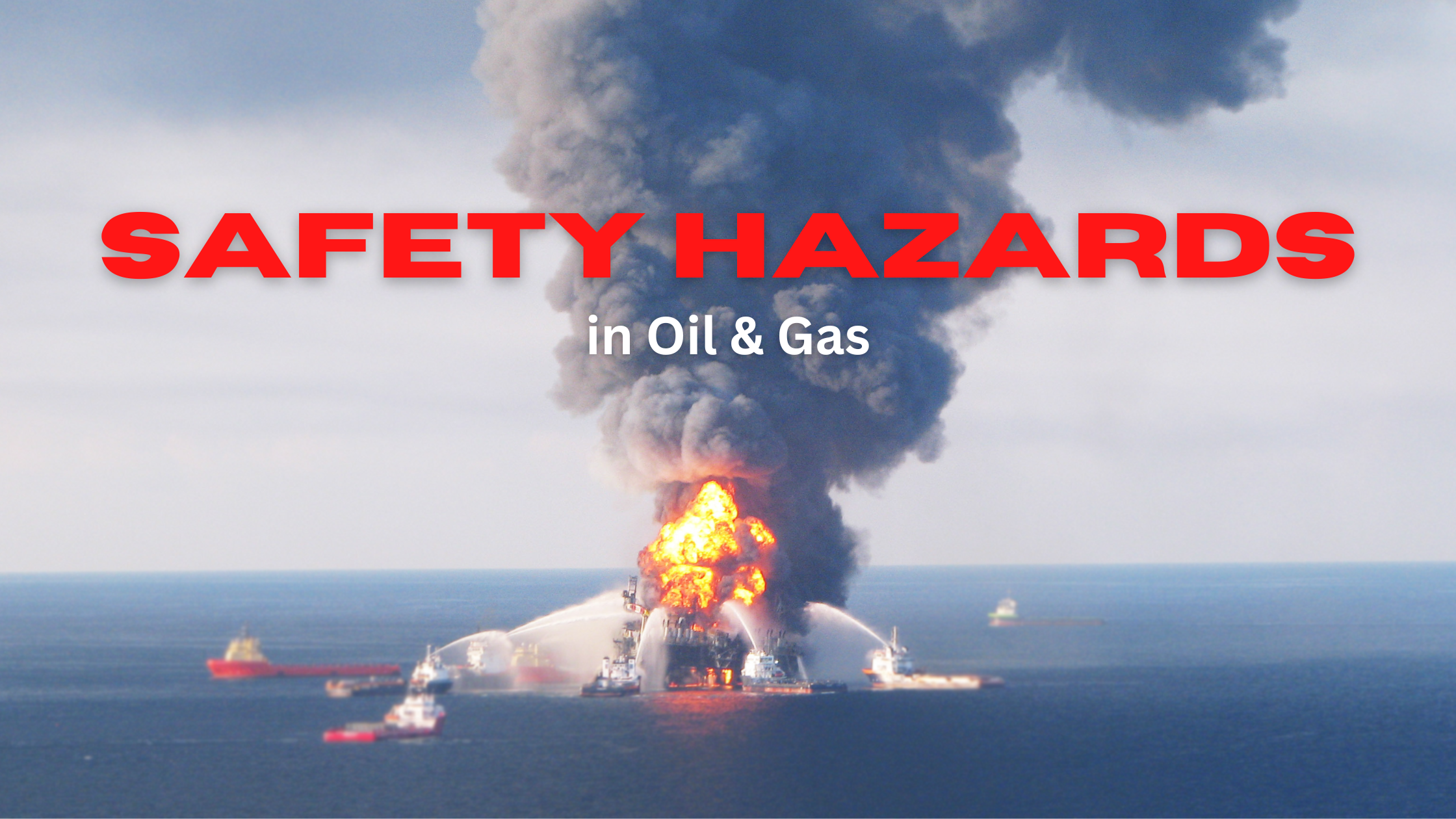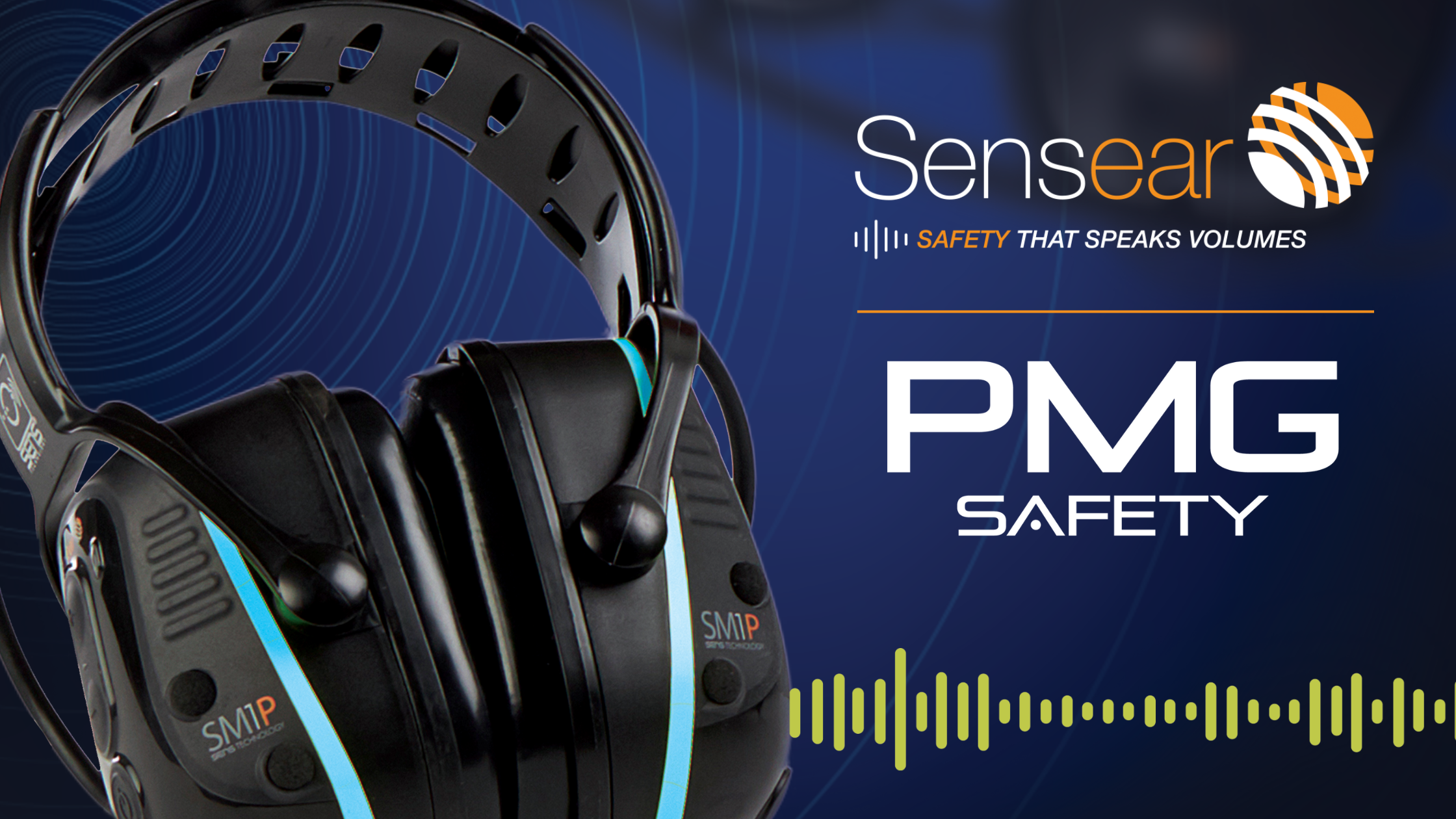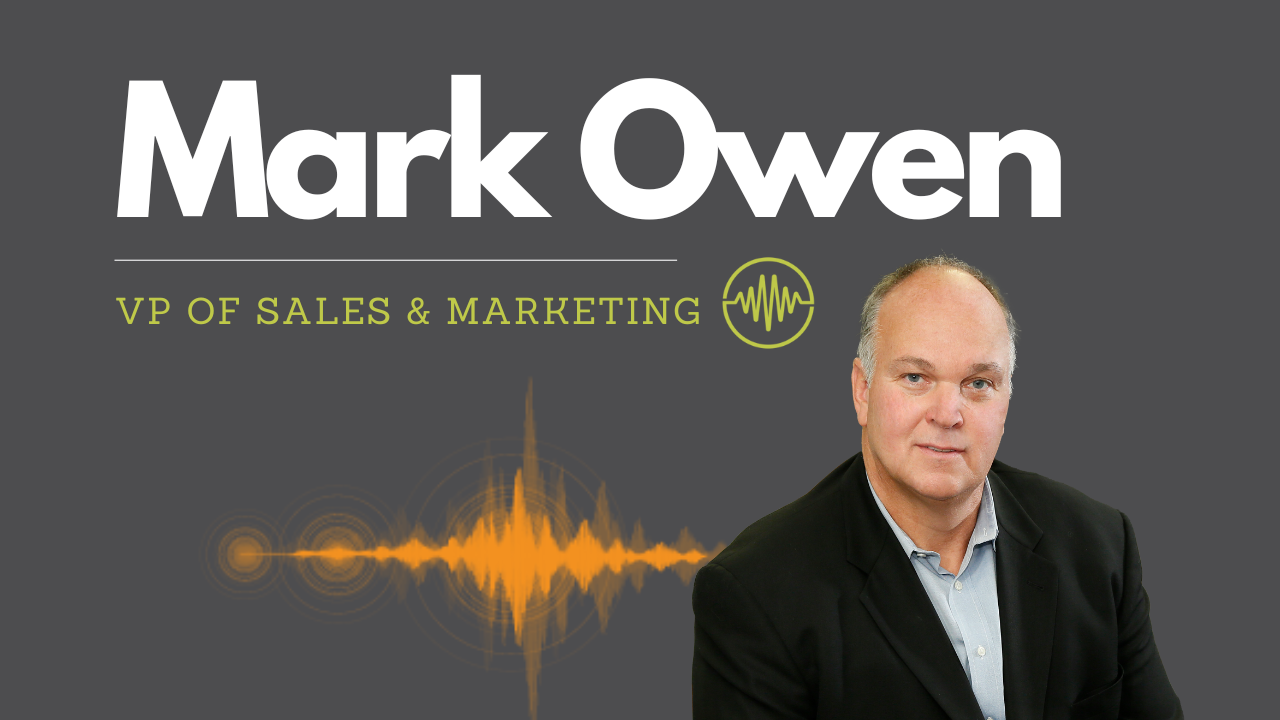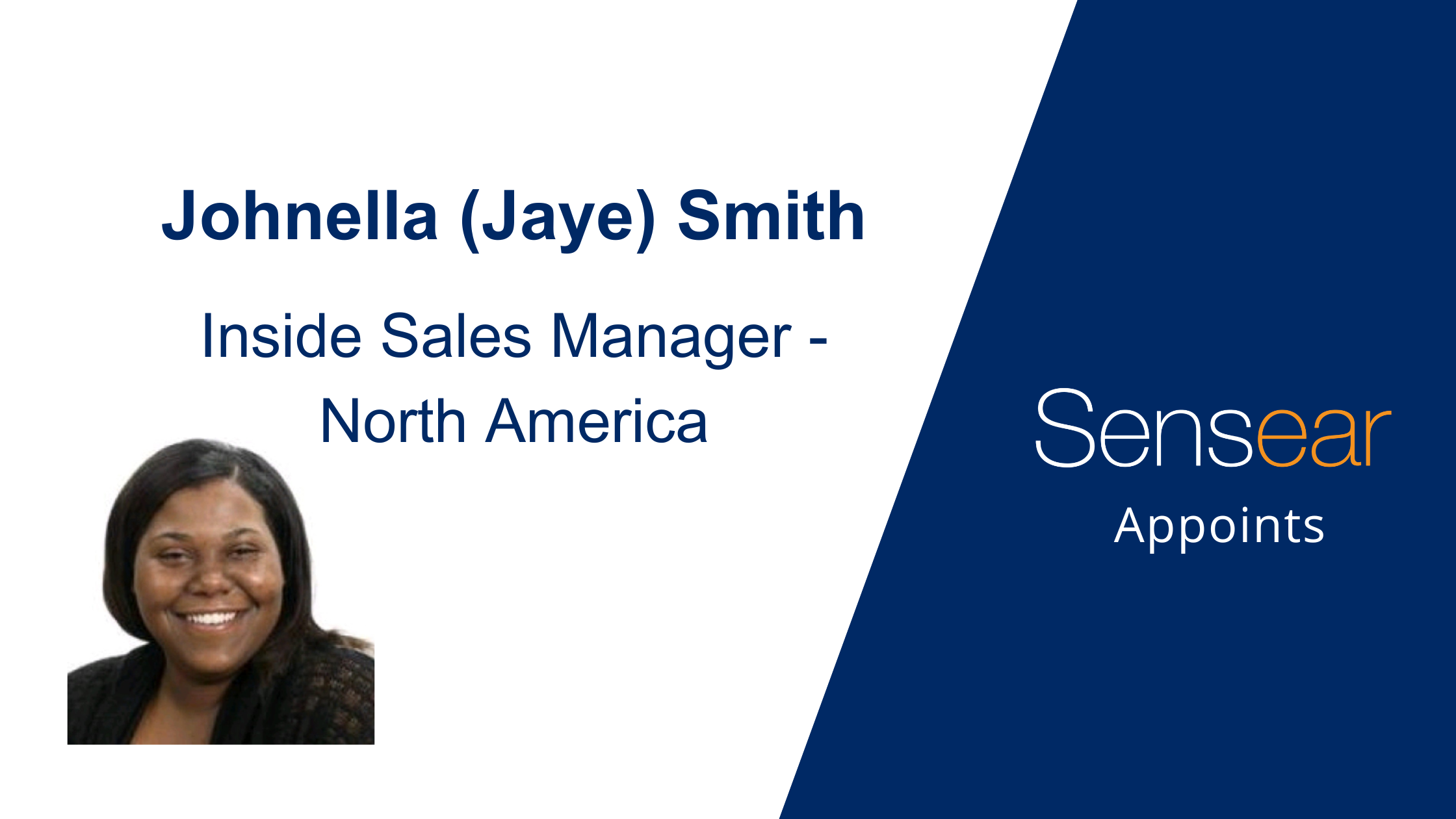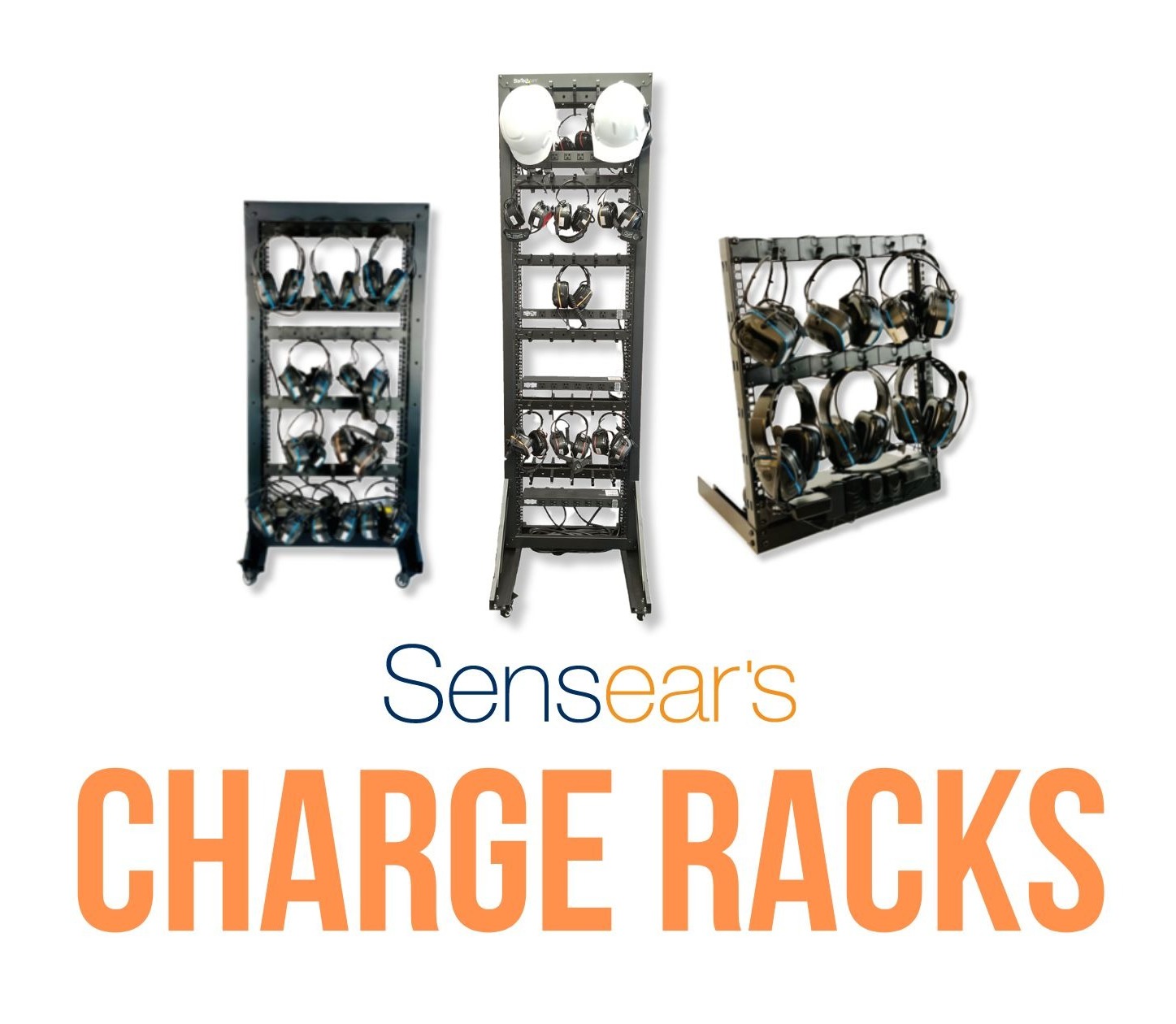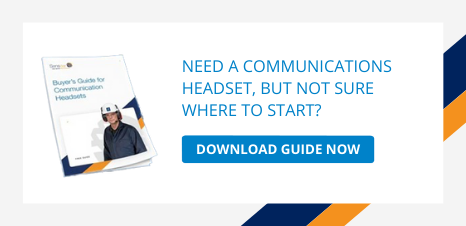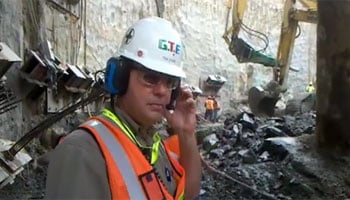
Why Do You Need Hearing Protection?
Employers share their workers’ concerns for personal safety and well-being. To provide for a safe workplace environment, it is critical that effective personal protective equipment (PPE) be utilized in any work area subject to potential hazards. This equipment may include requirements for steel-toed shoes, hard hats, high-visibility clothing, safety glasses, and hearing protection. Most of these hazards and PPEs have visible, comprehensive purposes: working with heavy objects in an industrial environment makes steel-toed shoes seem like common sense, as an example.
Hearing protection is a little less cut and dried, however. Even where noise levels may seem excessive, how do workers know when they may actually be dangerous to their health and quality of life? Identifying environmental hazards and addressing them continuously requires a comprehensive hearing conservation program. Such a program includes measuring and ongoing monitoring of noise levels in each area, selection of appropriate hearing protection devices (HPDs), worker training, and periodic reevaluation to ensure the effectiveness of each solution.
Will Workers Use It?
No protection is effective if it isn’t worn or used properly. Hearing loss cannot be cured, but it can be prevented. There are many causes of hearing hazards, including industrial environments such as mining and drilling platforms, heavy equipment use, computer data centers, and aviation work sites. Unfortunately, there are just as many reasons cited by workers for not utilizing the HPDs provided to them. These reasons can be as simple as forgetting to use them, or the need to hear voice communications from coworkers, which some protective devices may impede. Workers who require safety glasses may find they conflict with headset protection, resulting in a lack of use of the hearing protection.
How Do You Ensure HPD Use?
A number of steps contribute to the ongoing compliance with your hearing safety rules. Adherence to these guidelines will improve utilization of HPDs, enhancing productivity and safety, while also reducing injury and lost time on the job.
- Management commitment – Let employees understand that management and supervisors are sincere about a safe environment for all workers.
- Evaluation – Measure noise levels in each work area to determine the appropriate solution applicable to that specific environment.
- Selection – Match HPDs to each situation. Varying equipment and communications requirements in work areas may result in different solutions. Ideally, solicit input from the workers themselves to provide a feeling of participation in the selection process. No one knows the job site environment better than the workers who spend the most time there.
- Training – Be sure employees are properly informed of the need for protective equipment and trained on how to wear them effectively. Training should be repeated on an annual basis or as job assignments change.
- Signage – Post warning signs in noise hazard areas to provide visible reminders that protection is required.
When making your HPD selections, consider these attributes: convenience, comfort, and compatibility. If the worksite is in a cold environment, headset protection provides an added benefit of warmth, which may add to the likelihood that the worker will wear them regularly. In a hot workplace, earplug protection may be preferred by the workers. Avoid devices that may inhibit awareness of surroundings, putting workers at risk from equipment or vehicles.
Evaluate Your Options
Sensear provides our customers with reliable, effective solutions. For additional information about how Sensear can address your specific hearing protection and communications requirements, contact one of our high-noise-level communication specialists.
Follow Sensear and always be in the know.
Follow @HearSensear